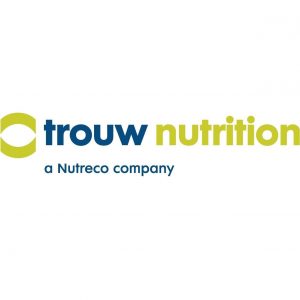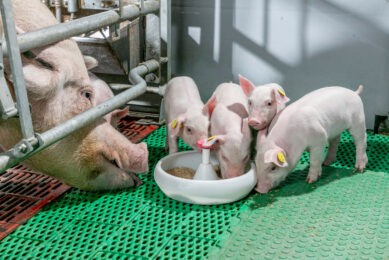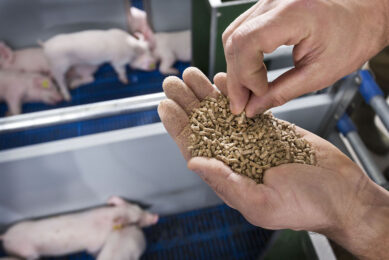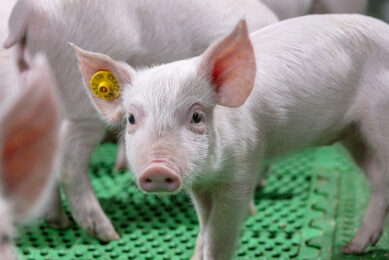The difference between guessing and knowing
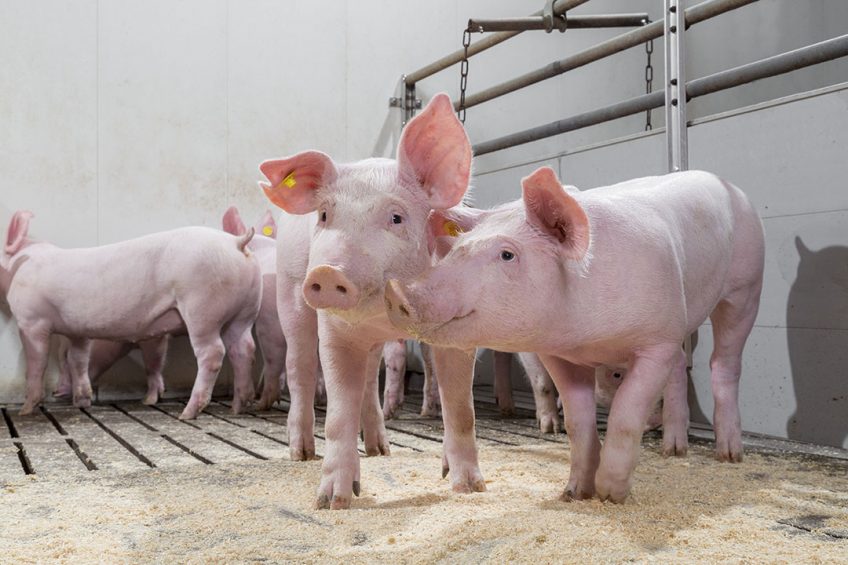
The arrival of raw feed materials on a farm is usually little more than a transactional experience. Feed ingredients in, money out – and work continues. Yet, this moment could hold the key to ensuring the best possible outcomes in terms of animal performance and financial margins.
Let’s imagine a professional pig producer with 10,000 pig places. The farmer has ordered a quantity of soybean meal (SBM), with a 46% crude protein content level. He aims to use this ingredient for feed formulation for his entire herd. Upon arrival, however, by scanning a sample using a near infrared spectroscopy (NIR) device, the producer quickly notices that the ingredient has a 42% crude protein content rather than the desired and ordered 46% crude protein content level. That means that every kg of SBM-42 raw material contains 40g less crude protein than the SBM-46 equivalent (see Figure 1).
Now, the producer faces a series of key questions. First, does he accept the feed ingredient or will he return it to the supplier? That will depend on how urgently the soybean meal is needed and whether there is sufficient storage space available on the farm. The cost of returning the ingredient should also be considered. Alternatively, the producer could reformulate the diet to reach the required level of quality; more about that later.
Forecasting future performance
Making that decision requires having clear insight into the impact of the feed quality on animal performance and thus financial returns. The digital platform NutriOpt allows producers to run quick simulations, eliminating the need for guesswork. Using the platform’s swine model, the pig producer can calculate the impact of the feed on future performance and value when it is added to the starter diet fed to the pigs.
One more example: in Figure 2, the diet composition of a starter diet including SBM-46 is compared to an equivalent starter diet made using SBM-42 without reformulation and with soybean meal comprising 20% of the diet composition. The simulation shows the extent to which this difference in quality impacts performance and financial returns. The swine model shows how, with the same volume of daily feed intake, pigs consuming feed made with SBM-42 experience a significantly lower Feed Conversion Rate (0.09 per kg) than those receiving an SBM-46 diet (see Table 1). What’s more, pigs fed an SBM-42 based starter diet reach a lower bodyweight (3kg lower), resulting in a reduced feed profit of € 5 per pig and a € 14 reduction in feed profit per pig place for each year of operation.
Calculating the results of reformulation
Returning to the producer’s original set of options, with the above data now available, the producer can analyse the potential value of reformulating the SBM-42-based diet to achieve the desired nutrient values. In carrying out the reformulation, the farmer is able to improve the crude protein and SID lysine content of the feed, equalling or even exceeding the protein values of the SBM-46 ingredient (see Figure 3).
Figure 3 – Composition of starter diet when replacing SBM 46 with SBM 42 reformulation.

More importantly, the decision to reformulate has a significant impact on herd performance. Pigs fed the reformulated product experience a roughly equivalent daily feed intake to those consuming the non-reformulated feed; however, the average daily weight gain achieved is about 4% higher.
Extrapolated over the animal’s lifetime, that translates to an overall 4kg increase in bodyweight for each pig at the point of sale versus SBM-42, which is equivalent to a feed profit of € 3 per pig, or a profit of € 8 made on each pig place per year. Extrapolated further (by the 10,000 pig places on the hypothetical farm), the overall annual value gain achieved through reformulation is € 80,000.
When knowledge feeds success
Working backwards, it is also possible to evaluate the disparity in performance and economic impact between the 46% protein soybean meal product and the 42% protein soybean meal product. In doing so, it is possible to calculate that, in order for the pig producer to have broken even using the SBM-42 ingredient, the product would need to have been priced approximately € 40 per tonne cheaper than the desired product containing 46% protein soybean meal.
As this example clearly shows, the added value of accurately understanding the composition and nutritive content of feed – and its impact on both herd and business performance – should not be underestimated. By enabling producers to access key ingredient data and make vital calculations quickly and effortlessly, NutriOpt can help farms to maximise profits while saving time, effort and resources.
Author: Peter Ramaekers, Trouw Nutrition


